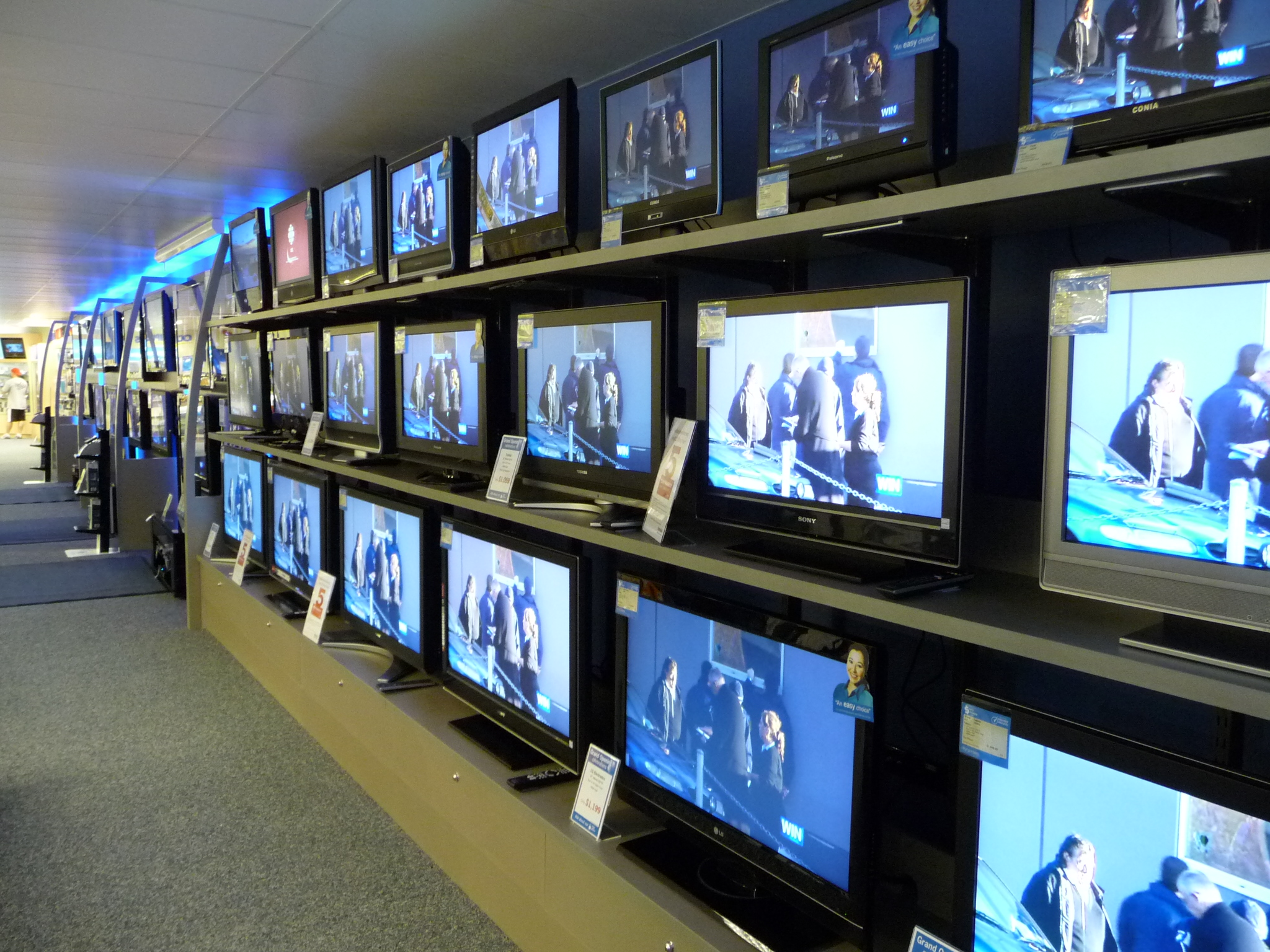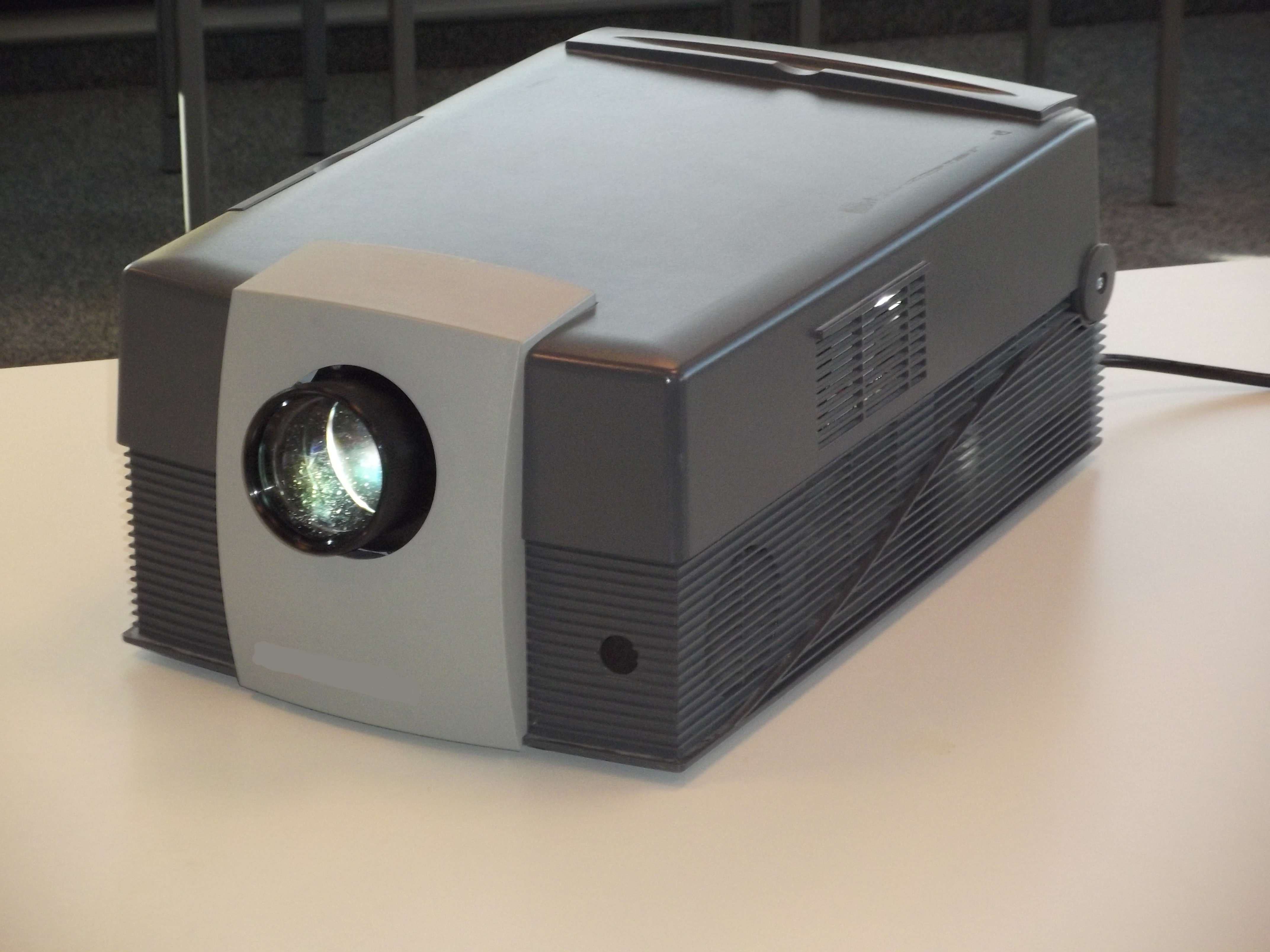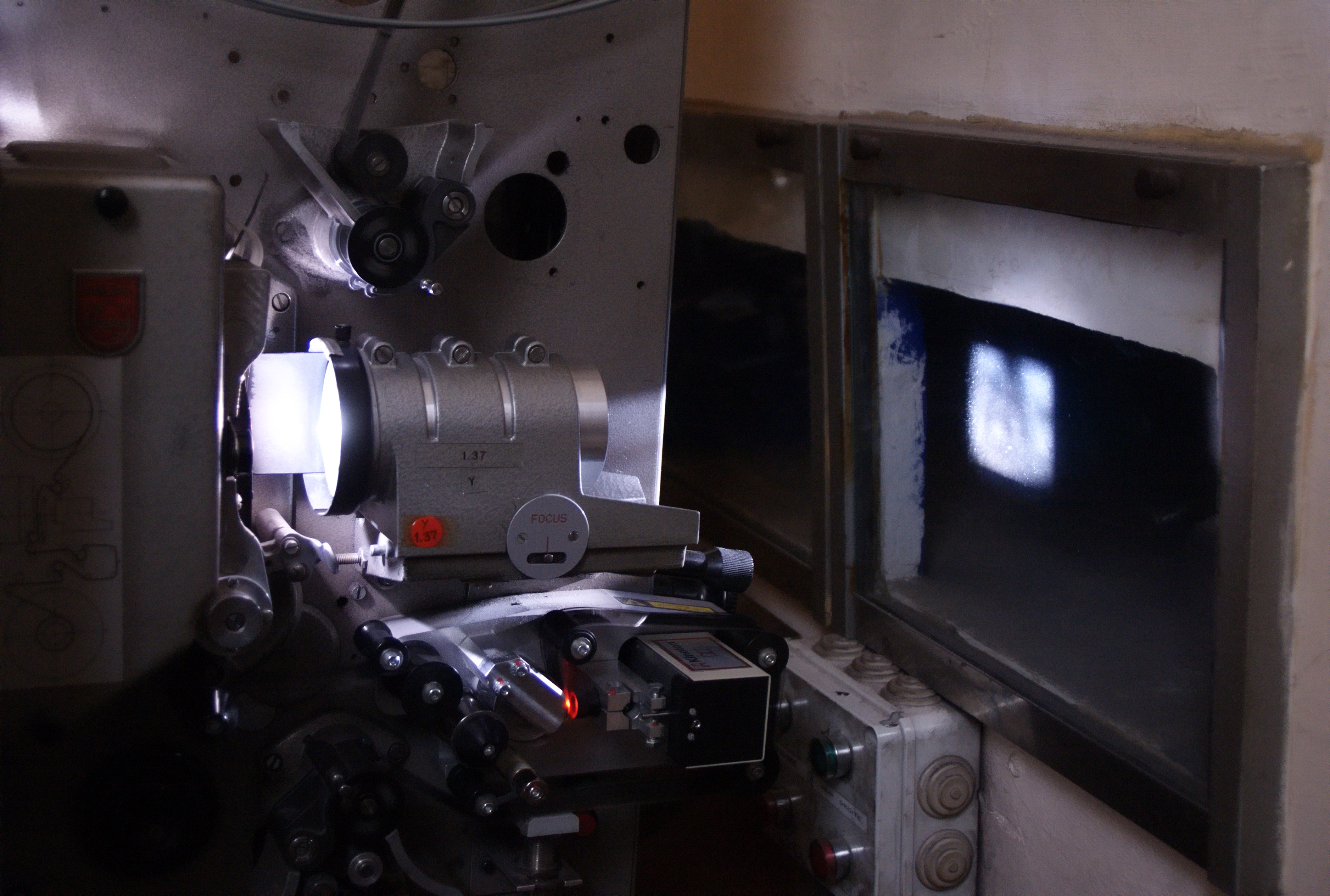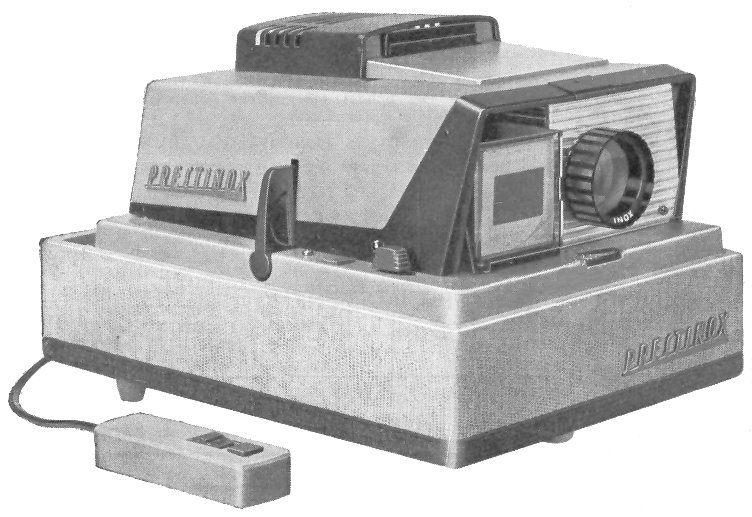|
Audiovisual Education
Audiovisual education or multimedia-based education (MBE) is instruction where particular attention is paid to the audiovisual or multimedia presentation of the material with the goal of improving comprehension and retention. According to the Webster dictionary, audio-visual materials is defined as "training or educational materials directed at both the senses of hearing and the sense of sight, films, recordings, photographs, etc. used in classroom instructions, library collections or the likes". History The concept of audiovisual aids is not new and can be traced back to seventeenth century when John Amos Comenius (1592–1670), a Bohemian educator, introduced pictures as teaching aids in his book Orbis Sensualium Pictus ("picture of the Sensual World") that was illustrated with 150 drawings of everyday life. Similarly, Jean Rousseau (1712–1778) and JH Pestalozzi (1746–1827) advocated the use of visual and play materials in teaching. More recently, audiovisual aids were also ... [...More Info...] [...Related Items...] OR: [Wikipedia] [Google] [Baidu] |
Audiovisual
Audiovisual (AV) is electronic media possessing both a sound and a visual component, such as slide-tape presentations, films, television programs, corporate conferencing, church services, and live theater productions. Audiovisual service providers frequently offer web streaming, video conferencing, and live broadcast services. Computer-based audiovisual equipment is often used in education, with many schools and universities installing projection equipment and using interactive whiteboard technology. Components Aside from equipment installation, two significant elements of audiovisual are wiring and system control. If either of these components are faulty or missing, the system may not demonstrate optimal performance. Wiring is a skill that not only requires proper cable rating selection based on a number of factors, including distance to the main rack, frequency and fire codes, but wires should also be out of sight, behind the walls and in the ceiling, when possible. ... [...More Info...] [...Related Items...] OR: [Wikipedia] [Google] [Baidu] |
Multimedia
Multimedia is a form of communication that uses a combination of different content forms such as text, audio, images, animations, or video into a single interactive presentation, in contrast to traditional mass media, such as printed material or audio recordings, which features little to no interaction between users. Popular examples of multimedia include video podcasts, audio slideshows and animated videos. Multimedia also contains the principles and application of effective interactive communication such as the building blocks of software, hardware, and other technologies. Multimedia can be recorded for playback on computers, laptops, smartphones, and other electronic devices, either on demand or in real time (streaming). In the early years of multimedia, the term "rich media" was synonymous with interactive multimedia. Over time, hypermedia extensions brought multimedia to the World Wide Web. Terminology The term ''multimedia' ... [...More Info...] [...Related Items...] OR: [Wikipedia] [Google] [Baidu] |
Television
Television, sometimes shortened to TV, is a telecommunication Media (communication), medium for transmitting moving images and sound. The term can refer to a television set, or the medium of Transmission (telecommunications), television transmission. Television is a mass medium for advertising, entertainment, news, and sports. Television became available in crude experimental forms in the late 1920s, but only after several years of further development was the new technology marketed to consumers. After World War II, an improved form of black-and-white television broadcasting became popular in the United Kingdom and the United States, and television sets became commonplace in homes, businesses, and institutions. During the 1950s, television was the primary medium for influencing public opinion.Diggs-Brown, Barbara (2011''Strategic Public Relations: Audience Focused Practice''p. 48 In the mid-1960s, color broadcasting was introduced in the U.S. and most other developed countri ... [...More Info...] [...Related Items...] OR: [Wikipedia] [Google] [Baidu] |
LCD Projector
An LCD projector is a type of video projector for displaying video, images or computer data on a screen or other flat surface. It is a modern equivalent of the slide projector or overhead projector. To display images, LCD (liquid-crystal display) projectors typically send light from a metal-halide lamp through a prism or series of dichroic filters that separates light to three polysilicon panelsone each for the red, green and blue components of the video signal. As polarized light passes through the panels (combination of polarizer, LCD panel and analyzer), individual pixels can be opened to allow light to pass or closed to block the light. The combination of open and closed pixels can produce a wide range of colors and shades in the projected image. Metal-halide lamps are used because they output an ideal color temperature and a broad spectrum of color. These lamps also have the ability to produce an extremely large amount of light within a small area; current projectors aver ... [...More Info...] [...Related Items...] OR: [Wikipedia] [Google] [Baidu] |
Film Projector
A movie projector is an opto- mechanical device for displaying motion picture film by projecting it onto a screen. Most of the optical and mechanical elements, except for the illumination and sound devices, are present in movie cameras. Modern movie projectors are specially built video projectors. (see also digital cinema) Many projectors are specific to a particular film gauge and not all movie projectors are film projectors since the use of film is required. Predecessors The main precursor to the movie projector was the magic lantern. In its most common setup it had a concave mirror behind a light source to help direct as much light as possible through a painted glass picture slide and a lens, out of the lantern onto a screen. Simple mechanics to have the painted images moving were probably implemented since Christiaan Huygens introduced the apparatus around 1659. Initially candles and oil lamps were used, but other light sources, such as the argand lamp and limelig ... [...More Info...] [...Related Items...] OR: [Wikipedia] [Google] [Baidu] |
Slide Projector
A slide projector is an opto-mechanical device for showing photographic slides. 35 mm slide projectors, direct descendants of the larger-format magic lantern, first came into widespread use during the 1950s as a form of occasional home entertainment; family members and friends would gather to view slide shows. Reversal film was much in use, and supplied slides snapped during vacations and at family events. Slide projectors were also widely used in educational and other institutional settings. Photographic film slides and projectors have mostly been replaced by image files on digital storage media shown on a projection screen by using a video projector or simply displayed on a large-screen video monitor. History A continuous-slide lantern was patented in 1881. It included a dissolving views apparatus.Sloane, T. O'Conor. ''Facts Worth Knowing Selected Mainly from the Scientific American for Household, Workshop, and Farm Embracing Practical and Useful Informat ... [...More Info...] [...Related Items...] OR: [Wikipedia] [Google] [Baidu] |
Opaque Projector
The opaque projector, epidioscope, epidiascope or episcope is a device which displays opaque materials by shining a bright lamp onto the object from above. A system of mirrors, prisms and/or imaging lenses is used to focus an image of the material onto a viewing screen. Because they must project the reflected light, opaque projectors require brighter bulbs and larger lenses than overhead projectors. Care must be taken that the materials are not damaged by the heat generated by the light source. Opaque projectors are not as common as the overhead projector. Opaque projectors are typically used to project images of book pages, drawings, mineral specimens, leaves, etc. They have been produced and marketed as artists’ enlargement tools to allow images to be transferred to surfaces such as prepared canvas, or for lectures and discourses. History Swiss mathematician, physicist, astronomer, logician and engineer Leonhard Euler demonstrated an opaque projector around 1756. It could p ... [...More Info...] [...Related Items...] OR: [Wikipedia] [Google] [Baidu] |
Overhead Projector
An overhead projector (often abbreviated to OHP), like a film or slide projector, uses light to project an enlarged image on a screen, allowing the view of a small document or picture to be shared with a large audience. In the overhead projector, the source of the image is a page-sized sheet of transparent plastic film (also known as "foils" or " transparencies") with the image to be projected either printed or hand-written/drawn. These are placed on the glass platen of the projector, which has a light source below it and a projecting mirror and lens assembly above it (hence, "overhead"). They were widely used in education and business before the advent of video projectors. Optical system An overhead projector works on the same principle as a slide projector, in which a focusing lens projects light from an illuminated slide onto a projection screen where a real image is formed. However some differences are necessitated by the much larger size of the transparencies used (g ... [...More Info...] [...Related Items...] OR: [Wikipedia] [Google] [Baidu] |
Pedagogy
Pedagogy (), most commonly understood as the approach to teaching, is the theory and practice of learning, and how this process influences, and is influenced by, the social, political and psychological development of learners. Pedagogy, taken as an academic discipline, is the study of how knowledge and skills are imparted in an educational context, and it considers the interactions that take place during learning. Both the theory and practice of pedagogy vary greatly as they reflect different social, political, and cultural contexts. Pedagogy is often described as the act of teaching. The pedagogy adopted by teachers shapes their actions, judgments, and teaching strategies by taking into consideration theories of learning, understandings of students and their needs, and the backgrounds and interests of individual students. Its aims may range from furthering liberal education (the general development of human potential) to the narrower specifics of vocational education (the im ... [...More Info...] [...Related Items...] OR: [Wikipedia] [Google] [Baidu] |







